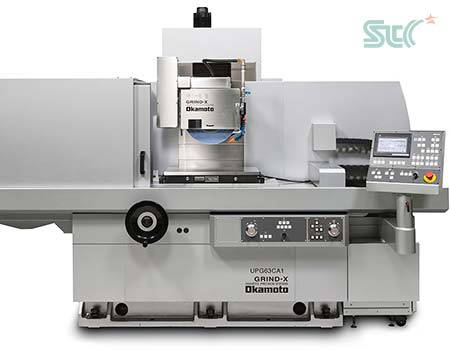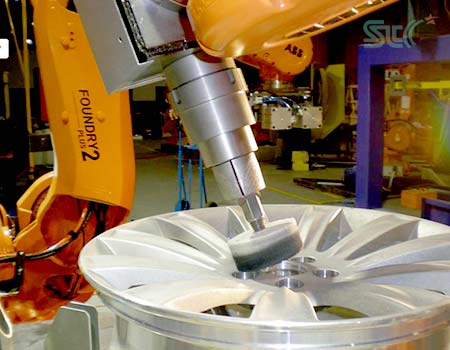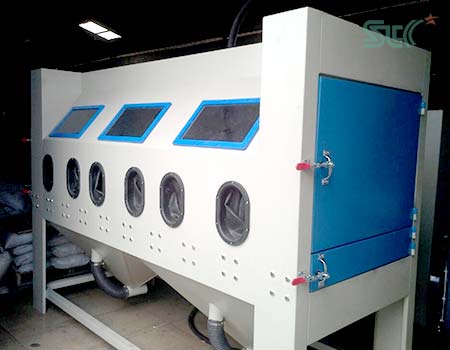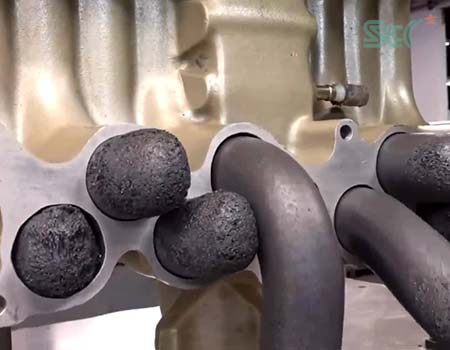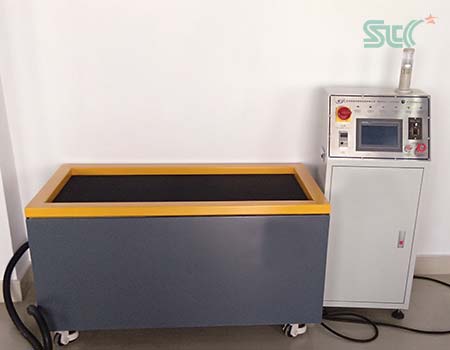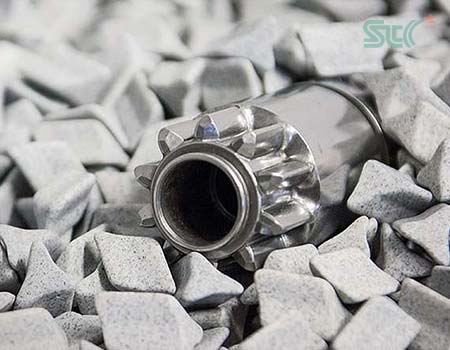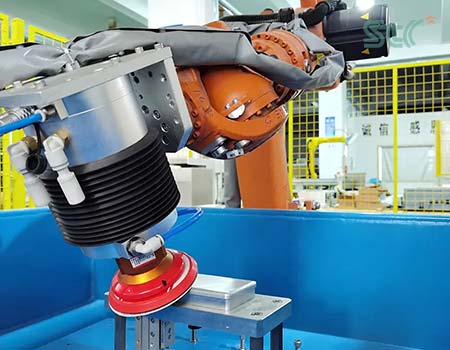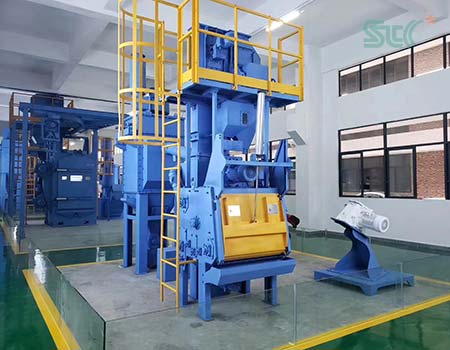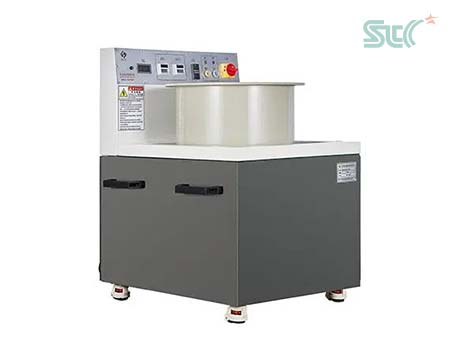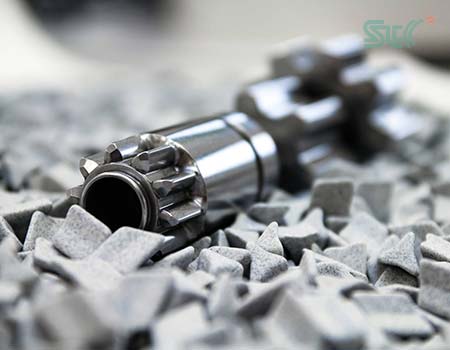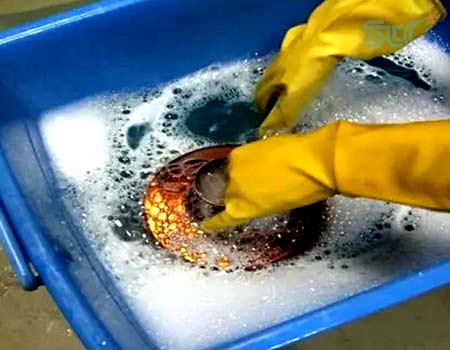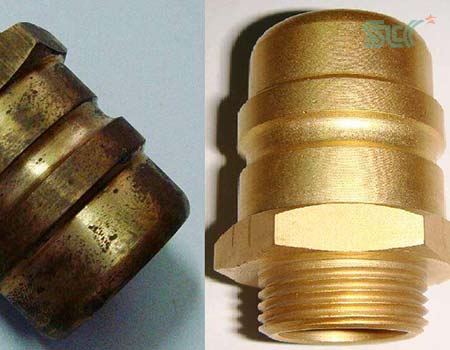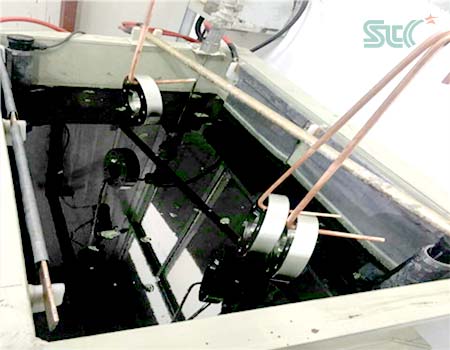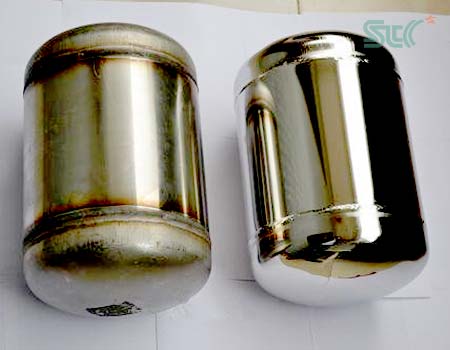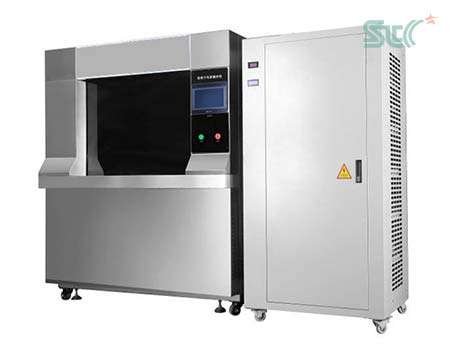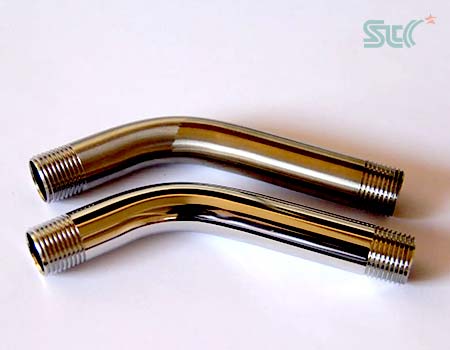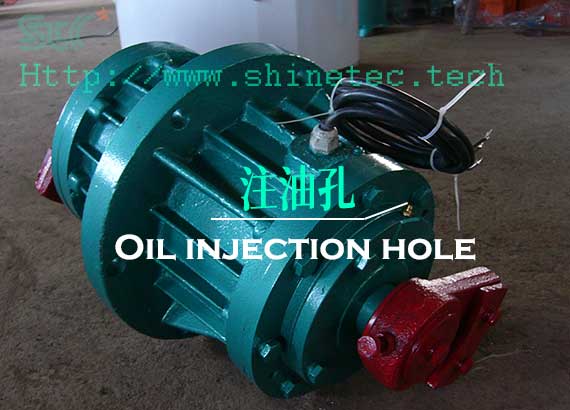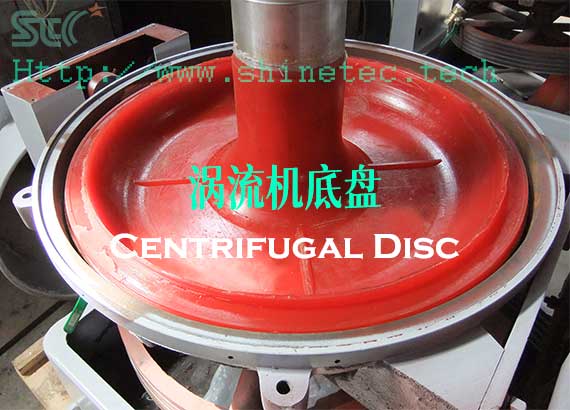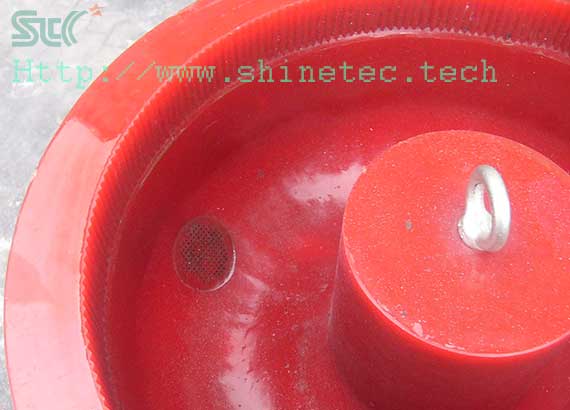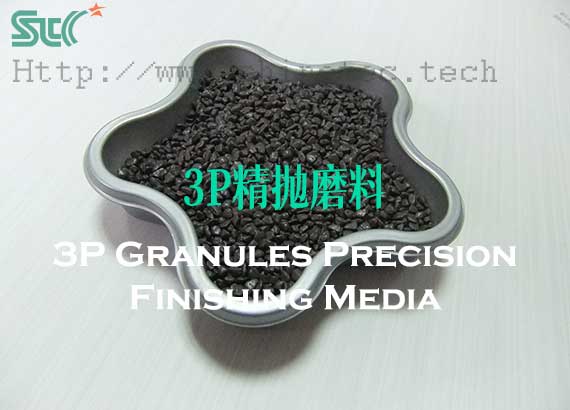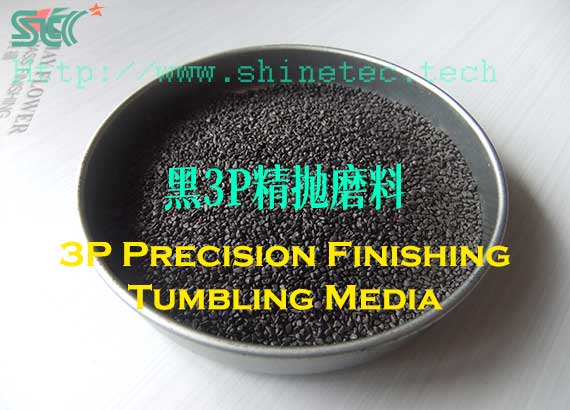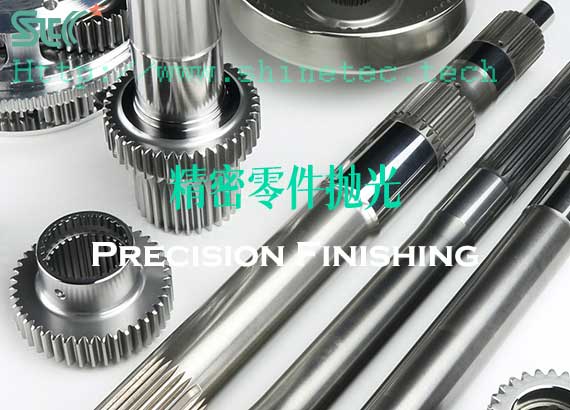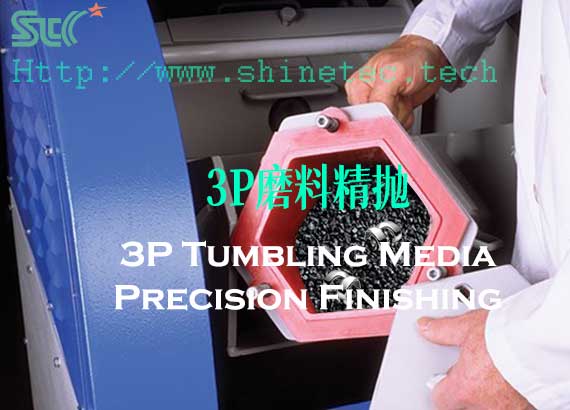What is vibratory finishing machine?
About Vibratory Finishing Machine
- 1. Why ShineTec vibratory finishing machine is the right choice for you?
- 2. What are the types of vibratory finishing machines?
- 3. How to choose a suitable vibratory finishing machine?
- 4. What issues need to be confirmed before ordering a vibratory finishing machine?
- 5. What are the after-sales services for ShineTec vibratory finishing machines?
- 6. What needs to be done for daily maintenance of the vibrating finishing machine?
- 7. What is the installation process of vibrating finishing machine?
- 8. What are the common problems in the operation of vibratory finishing machines?
- 9. What kind of power supply does a vibratory finishing machine require?
- 10. What components does the vibratory finishing machine include?
- 11. Why is it recommended that you use a vibrating finishing machine?
- 12. What can a vibrating finishing machine do?
- 13. What are the application areas of vibratory finishing machines?
- 14. Are you a manufacturer of vibratory finishing machines?
- 1. Why ShineTec vibratory finishing machine is the right choice for you?
- ShineTec vibratory finishing machine can help you solve problems related to product finishing and polishing. It can bring you a polished effect beyond your expectations. We can provide various types of polishing machines and tumbling finishing media of different materials and shapes to meet your needs.
Our vibratory finishing machines are good at processing various parts for the hardware machinery industry, whether they are special-shaped, different materials or different sizes.
If you have needs such as deburring, degreasing, descaling, brightening, burnishing, product surface quality improvement etc., we can provide you with professional solutions. You can pay more attention to our website, get the latest product information.
The vibratory finishing machine is suitable for deburring, descaling, chamfering and polishing of various workpieces of metal and non-metal products. It is especially suitable for surface polishing of special-shaped and complex parts. Due to its open working bowl design, it is suitable for automatic finishing, polishing of large quantities of small and medium-sized parts. It has strong versatility and simple operation, which can greatly improve work efficiency.
- 2. What are the types of vibratory finishing machines?
- ShineTec provides various types of vibratory finishing machines, which correspond to different product polishing needs.
❖ U-shaped vibratory finishing machine without separator.
U-shaped vibratory finishing machine, the shape of the working bowl is a design similar to the letter “U”, and the inner wall of the upper opening of the bowl is straight, so it is also called a straight-wall vibratory finishing machine. Because there is no discharge separating screen, the size of the machine can be made smaller, and the minimum capacity can start from 30L. However, after the workpiece is polished, it needs to be picked up manually or mixed with abrasives media and discharged from the machine discharge port.
❖ U-shaped vibratory finishing machine with separator .
There is a discharge port separator installed inside the working bowl of the machine that can automatically screen workpieces and tumbling media, so the minimum capacity of the machine needs to be from 100L. After the polishing task is completed, the workpieces can be automatically screened and output from the separating port. There is no need to manually grab each piece from the machine, which greatly improves the separation efficiency of the workpieces and abrasive media after batch polishing and reduces the time required and intensity of work.
❖ Arc-shaped vibratory finishing machine without separator.
The arc-shaped vibrating finishing machine is also called a curved wall finishing machine because the inner wall of the working bowl is a curved arc design. Such a structure will generate greater pressure during the finishing and polishing process, which can improve the finishing efficiency of the machine in a relatively short period of time. It is especially suitable for products that require spherical tumbling media for bright polishing.
❖ Arc-shaped vibratory finishing machine with separator.
Like the U-shaped machine, its working towl is equipped with a discharge port separating device that can automatically separate the workpiece and the tumbling media. Improve the screening efficiency of workpieces and reduce labor intensity.
❖ Tub-shaped linear vibratory finishing machine.
It is suitable for surface finishing and polishing of large or extra-long parts. The vibration deviation generated by the vibration motor is used to cause the workpiece and the tumbling media to produce a two-dimensional movement trajectory, so that the workpiece and the finishing media grind each other in the working bowl. Achieve surface gloss effect.
❖ Continuous orbital vibratory finishing machine.
By installing a spiral tunnel structure in the working bowl of the machine, a one-way motion trajectory is achieved for the workpiece to enter from the feed port and exit from the discharge port during the polishing process.
The polishing time of a single workpiece can be controlled to avoid collision between workpieces.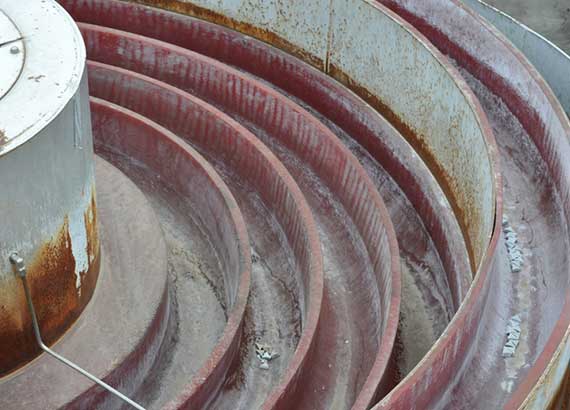
❖Vibrating dryer.
Same as the vibrating finishing machine, the excitation force is generated by the vibration motor, which drives the drying media and the workpiece in the working bowl to produce a spiral three-dimensional movement. The media and the workpiece rub against each other, thereby achieving the effect of dehydration and drying of the workpiece. A hot air circulation device can also be installed to speed up the drying process.
All vibrating finishing machines can be equipped with cylinder flaps for separator and silencer cover accessories to improve work efficiency and reduce work noise. - 3. How to choose a suitable vibratory finishing machine?
- To choose the correct vibratory finishing machine, you need to tell us the number of workpieces you need to process every day, what are the dimensions, materials, and surface treatment requirements? For example, deburring? derusting, descaling or brightening? Only by understanding your specific requirements can we provide a perfect solution tailored for you.
- 4. What issues need to be confirmed before ordering a vibratory finishing machine?
- First confirm the model of the machine, and then determine the hole size of the separator integrated inside the machine, whether additional electrical control functions are needed, etc.
Optional features include variable frequency speed regulator, independent electrical control box, noise reduction hood, whether manual or pneumatic flaps are required, etc. - 5. What are the after-sales services for ShineTec vibratory finishing machines?
- ShineTec provides one-year free warranty service for the entire machine. Within one year, we can provide free spare parts for any problems with the vibrating finishing machine you purchased. Over one year, we charge the cost price of the accessories.
If you have any problems during the use of the machine, you can contact our technical support staff at any time, and we will do our best to provide technical consulting services. - 6. What needs to be done for daily maintenance of the vibrating finishing machine?
- To ensure that your vibratory finishing machine is in good working condition, you need to perform regular maintenance. Including checking whether the vibration motor is working properly, whether the lubricating oil is refilled regularly, whether the PU lining is damaged, whether the electrical circuit is aged and damaged, etc.
Remember, if the machine works for more than 8 hours a day, be sure to lubricate the motor regularly. - 7. What is the installation process of vibrating finishing machine?
- Installation of our vibratiing finishing machines is very simple. All you need to do is connect the motor’s cable to the electrical control box, connect the motor’s ground wire, and turn on the switch. Special attention should be paid to the vibratory finishing machine. In order to prevent the spring at the bottom of the working bowl from falling off during transportation, there are three fastening iron pieces at the bottom of the machine that need to be removed first during installation. Otherwise, the machine will jump randomly on the ground after it is started.
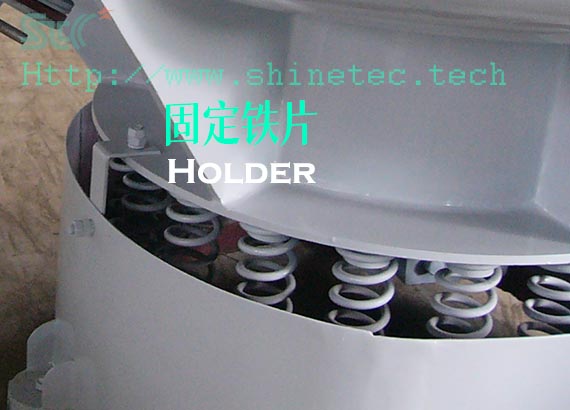
- 8. What are the common problems in the operation of vibratory finishing machines?
- Generally you will encounter two problems during the operation of the machine. One is that the tumbling direction of the materials is wrong; the other is that the rotation direction of the abrasive media is wrong.
If the operation is normal, the tumbling direction of the abrasive and workpiece is from the outside of the working bowl to the central cylinder. The material rotates in a clockwise direction.
If you find that the rolling direction is wrong, first check whether the two eccentric weights on the bottom of vibration motor are at an angle of 90 degrees to each other. If not, please adjust the angle of the eccentric weights.
If the problem still cannot be solved after adjusting the angle of the eccentric weight, please check the power cord of the control box and exchange the live wire and neutral wire in the three-phase line.
If the abrasive media movement direction in the machine is not clockwise, first check whether the abrasive load is too much. Please confirm that the ratio of abrasive to the total volume of the working bowl does not exceed 2/3. Also check again that the angle between the motor eccentric weights is 75 degrees or 120 degrees. - 9. What kind of power supply does a vibratory finishing machine require?
- Our vibratory finishing machine requires 3 phases, 380V, 50Hz. If there are different power usage environments, please confirm with us in advance before ordering the machine.
- 10. What components does the vibratory finishing machine include?
- Different models contain different parts. A complete set of machines generally includes the following components:
10.1 Work bowl.
The working bowl is a container used to hold the finishing media and the workpiece for mixing and tumbling. According to the processing capacity of the machine, the volume of the bowl is also different. The inner wall of the bowl is lined with high-strength wear-resistant elastomer polyurethane (PU) to protect your polished parts and prevent wear of the inner wall of the machine.
10.2 Separating screen.
There are two types of built-in separating screens. One is made of PU casting and is suitable for screening workpieces of regular sizes. The other is made of stainless steel mesh, which is suitable for relatively small product parts.
10.3 Vibrating motor.
The vibrating motor is the power source of the vibratory finishing machine and is also a very important machine component. The motor with the eccentric weight generates excitation force, which drives the abrasive media and the workpiece in the machine working bowl to produce spiral three-dimensional motion to achieve surface finishing effects such as deburring, descaling, chamfering, contaminating and derusting and brightening .
10.4 Spring.
A ring of spring supports at the bottom of the working bowl suspends the bowl body on the base. The motor drives the working bowl to produce up and down reciprocating vibrations.
10.5 Acoustic Lid.
The machine can also be equipped with an optional acoustic lid to reduce noise during operation. However, this is not a necessary accessory, because the noise generated by the vibrating finishing machine during operation is bearable for the human body.
In addition, the acoustic lid can also prevent the foam produced by adding excessive polishing liquid from splashing and staining the surrounding ground environment.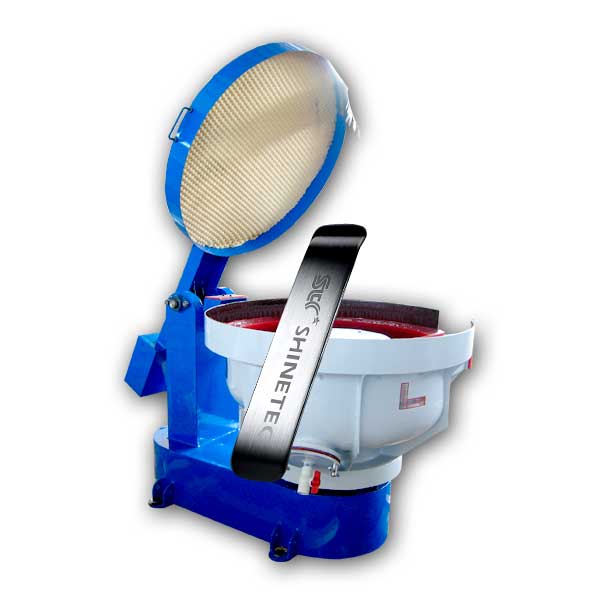
10.6 Electrical control box.
Through the control box, you can control the machine’s speed, amplitude, direction of movement, opening and closing of optional accessories, and other functions. - 11. Why is it recommended that you use a vibrating finishing machine?
- Vibratory finishing machines are the most widely used surface finishing machines. Its advantages are strong applicability, large loading capacity, simple operation, convenient loading and unloading, and the surface treatment effect can be checked at any time during the work process.
- 12. What can a vibrating finishing machine do?
- If you need to precision finish, chamfer and deburr, remove turning lines, trim surface defects, brighten and improve surface roughness of your product parts, then ShineTec’s vibratory finishing machine is your best choice.
- 13. What are the application areas of vibratory finishing machines?
- Vibrating finishing machines can be used in the following industries:
Mechanical accessories, plastic products, auto parts, 3C digital, metal casting, electronic devices, medical equipment, hardware parts, kitchen supplies, aerospace, 3D printing, textile workpieces, powder metallurgy, electrical components, mint industry, jewelry, instruments Instruments, handicraft accessories and other industries. Wherever industrial beauty needs to be used, our machines can do the job. - 14. Are you a manufacturer of vibratory finishing machines?
- Yes, we have more than twenty years of professional production experience. Our products are used in all walks of life, and many customers have personalized polishing needs for their products, with many years of production experience, we provide you with consulting services and mature customized surface treatment solutions.
